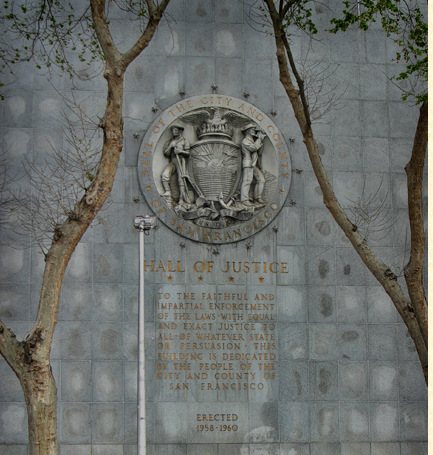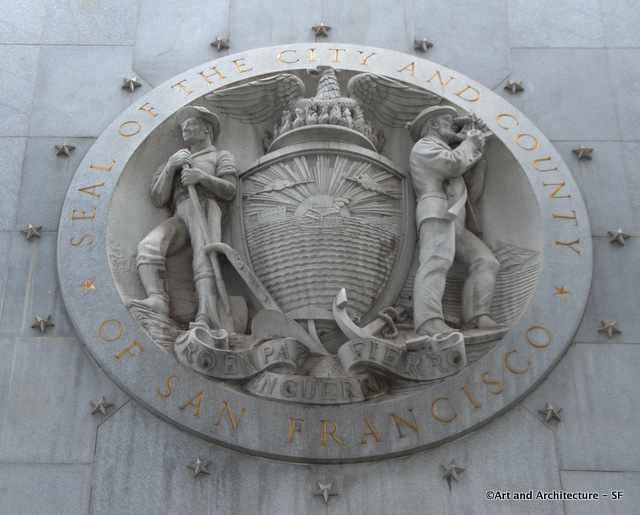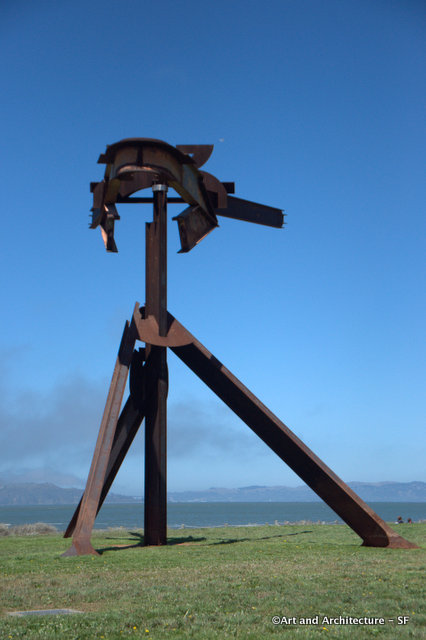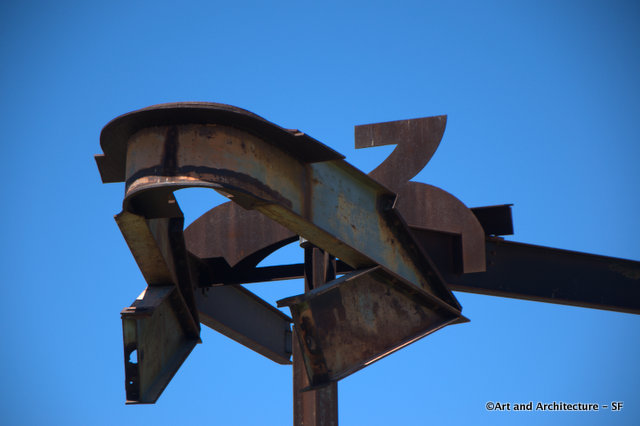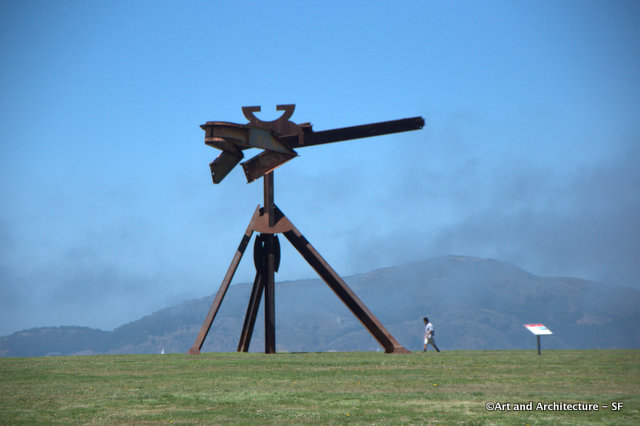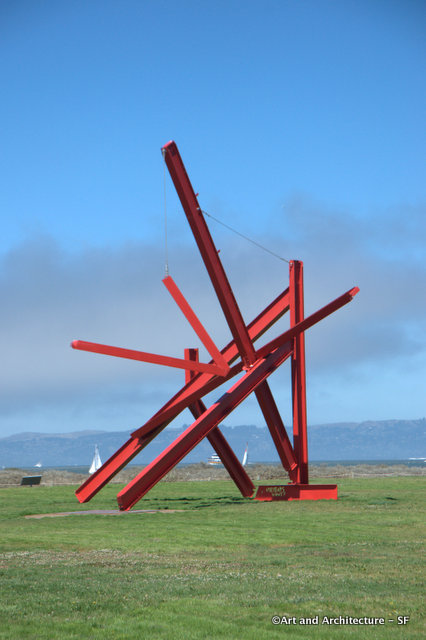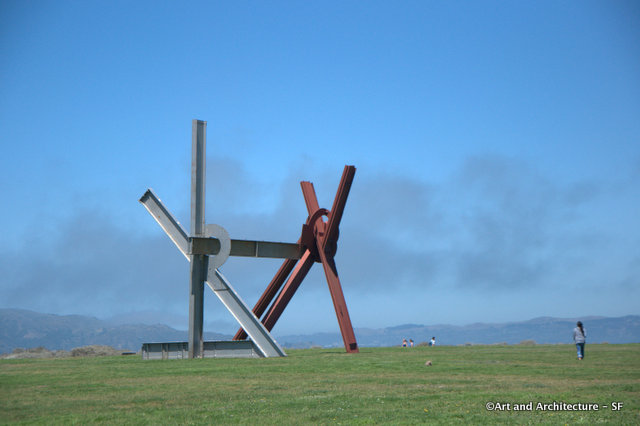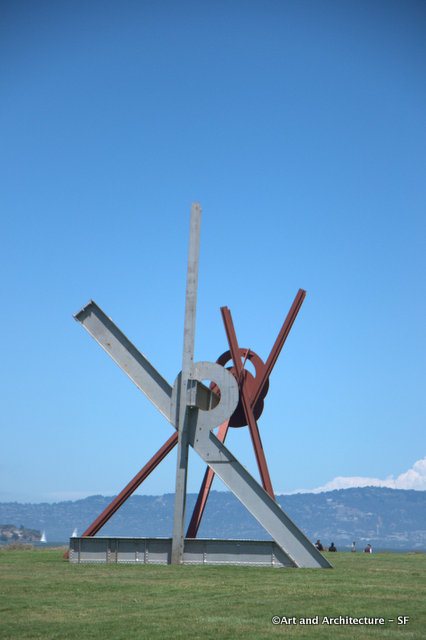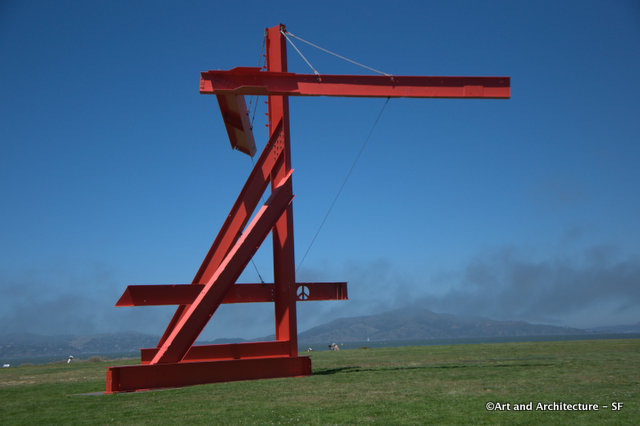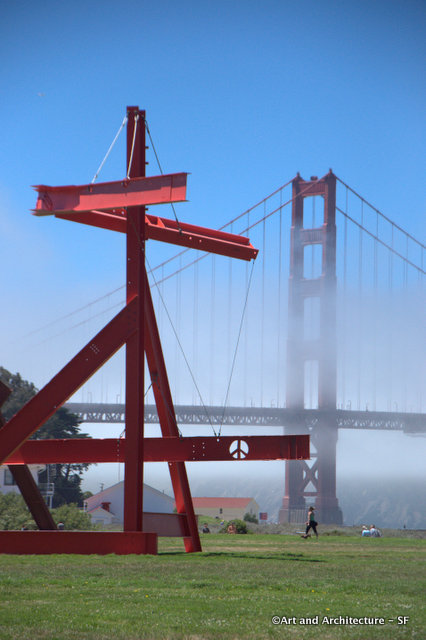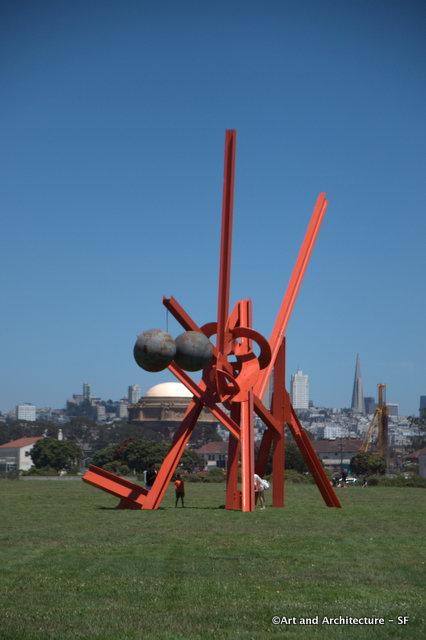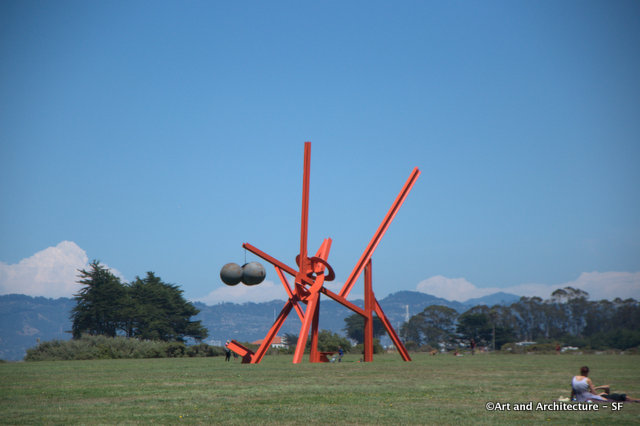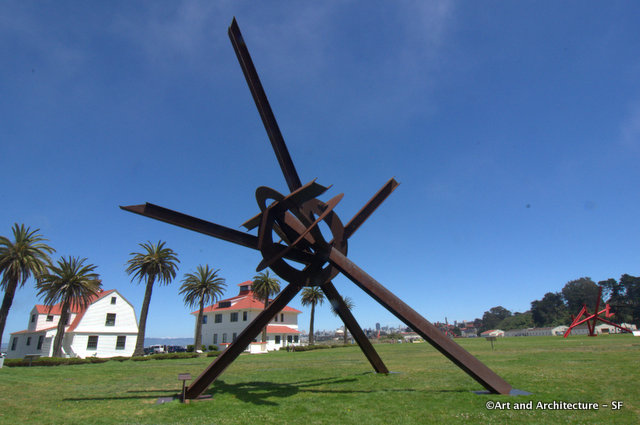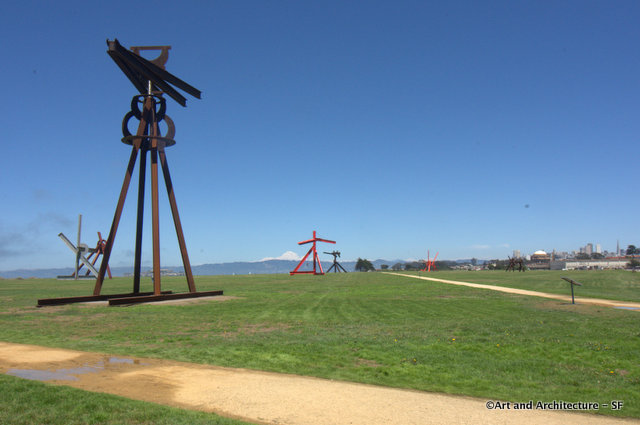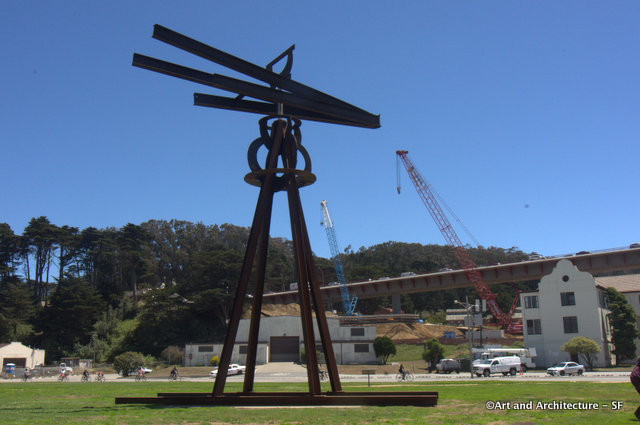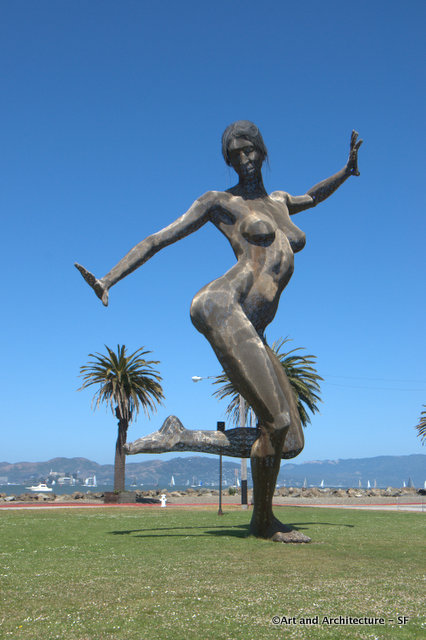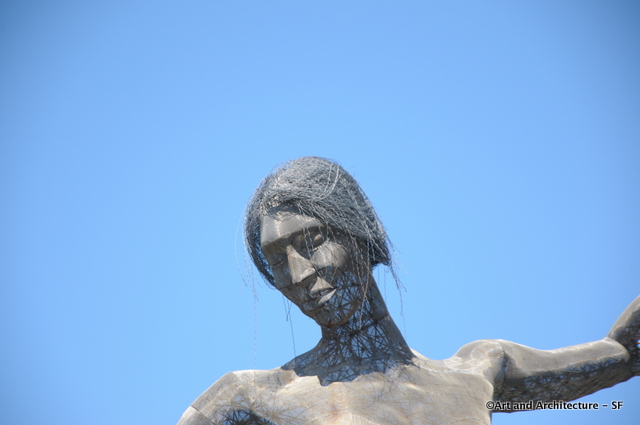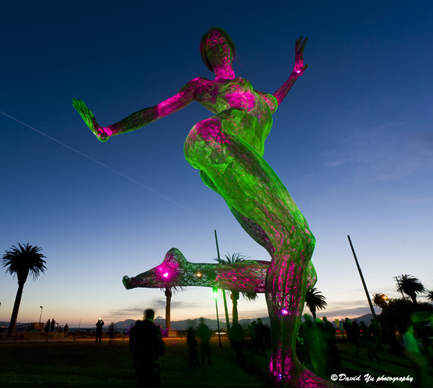850 Bryant
South of Market
The Seal of San Francisco adopted in 1859 features a sailor and a miner flanking a shield that bears a steamer ship entering the Golden Gate. Above the shield a Phoenix foretold of the great fire to come in 1906 and below the shield, the city’s motto, ‘Gold in Peace, Iron in War.’
This particular seal graces the outside of San Francisco’s Hall of Justice on Bryant Street and was created by my dear friend Spero Anargyros (1915-2004). Spero has appeared in this site before here.
This monument began as a 42 ton block of White Sierra granite from the Raymond Granite Quarry, Raymond, California, in the Sierra foothills of Madera County. Starting in early 1960 and after several months, the monument was moved to and completed in San Francisco. It is 15 ft. in diameter, 2 ft. thick and weighs approximately 20 tons. At the time it was considered to be the largest single piece of granite statuary in California.
From a wonderful article in the San Francisco Chronicle following Spero’s death:
“It turns out I’m very radical,” Mr. Anargyros often said, “because I do things people recognize.”
His commissions took the sculptor around the world, and he designed official medallions to commemorate the Golden Gate Bridge, Hawaii’s statehood, Mount Rushmore, Yellowstone National Park and the Alaska Centennial.
Mr. Anargyros dismissed modern sculpture instructors who “teach the virtue of hoping for happy accidents.”
“There is enough beauty around us to copy,” he said in a 1964 interview. “Why try to improve on it by imagining things?”
Mr. Anargyros, the son of a Greek immigrant florist, was a native of New York City and a student at the Art Students League of New York. He worked on the enormous 70-figureMormon Church monument in Salt Lake City titled “This Is the Place” before coming to San Francisco in the 1950s.
From his light, lofty studio on Clay Street in North Beach, Mr. Anargyros crafted such pieces as the 21-ton granite seal for the Hall of Justice and restored the 23-foot-tall neoclassical figures for the Palace of Fine Arts. He later moved his studio to Brisbane.
In 1974, a bemused Mr. Anargyros found himself in the center of an art censorship flap when a photograph of his female nude sculptures was ordered ripped from 10,000 copies of the monthly magazine of the San Francisco Chamber of Commerce.
“The one with the breasts … is less scandalous than the Venus de Milo, who had no arms to distract attention,” Mr. Anargyros said.
In 1981, he was commissioned to recreate two historic bronze sculptures for the front doors of the state Capitol, which was undergoing restoration. The sculptures depict a bear and a horse, and the other shows an Indian woman protecting her baby from a buffalo.
Mr. Anargyros also sculpted actor Kirk Douglas, restaurateur Vic Bergeron and airline executive Edward Daley. Last year, while confined to a wheelchair, he completed a 3-by-5-foot bas relief sculpture of Nelson Mandela.
“I was lucky,” he said. “Early in life I found something I loved to do, and I’ve been doing it ever since.”
